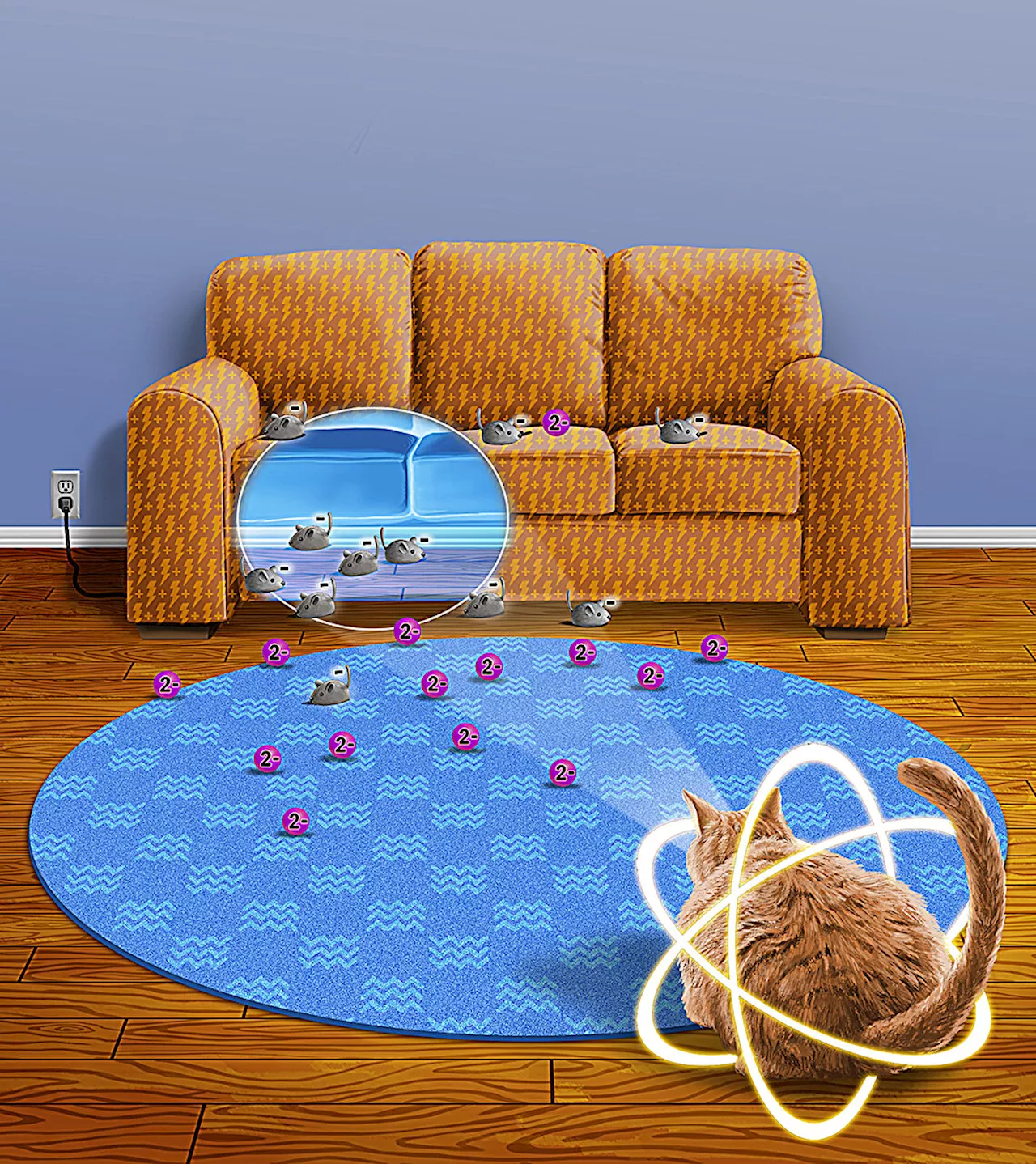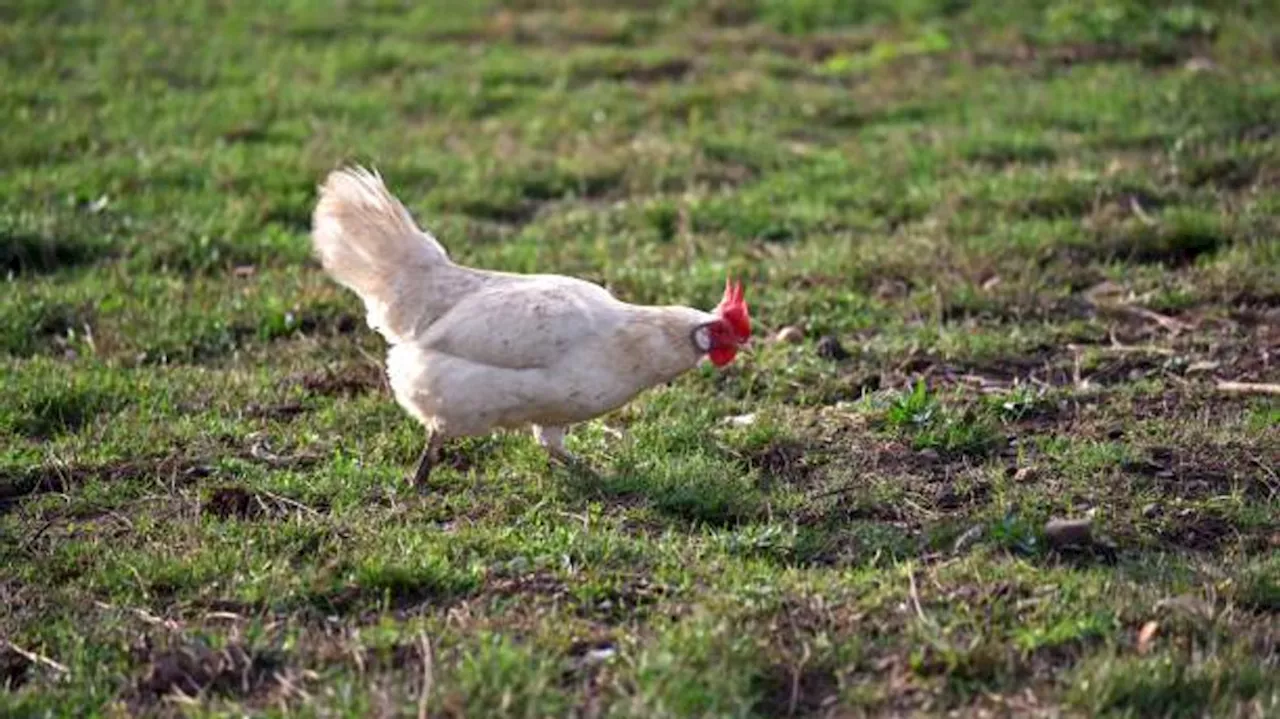Researchers report on the molecular assembly of one of the most common anti-phage systems -- from the family of proteins called Gabija -- that is estimated to be used by at least 8.5%, and up to 18%, of all bacteria species on Earth.
One of the many secrets to bacteria's success is their ability to defend themselves from viruses, called phages, that infect bacteria and use their cellular machinery to make copies of themselves.
Researchers found that one protein appears to have the power to fend off a phage, but when it binds to a partner protein, the resulting complex is highly adept at snipping the genome of an invading phage to render it unable to replicate. Shen and co-lead author Xiaoyuan Yang, a PhD student, work in the lab of senior author Tianmin Fu, assistant professor of biological chemistry and pharmacology at Ohio State.The two proteins that make up this defense system are called Gabija A and Gabija B, or GajA and GajB for short.
"That's the mysterious part," Yang said."GajA alone is sufficient to cleave the phage nucleus, but it also does form the complex with GajB when we incubate them together. Our hypothesis is that GajA recognizes the phage's genomic sequence, but GajB enhances that recognition and helps to cut the phage DNA."
One of their hypotheses is that GajB may influence the concentration level of an energy source, the nucleotide ATP , in the cellular environment -- specifically, by driving ATP down upon detection of the phage's presence. That would have the dual effect of expanding GajA's phage DNA-disabling activity and stealing energy that a phage would need to start replicating, Yang said.
Cell Biology Bacteria Molecular Biology Biotechnology Microbes And More Biochemistry Research Microbiology
United States Latest News, United States Headlines
Similar News:You can also read news stories similar to this one that we have collected from other news sources.
 These iPhones and iPads are tipped to receive iOS 18 and iPadOS 18 later this yearAlan, an ardent smartphone enthusiast and a veteran writer at PhoneArena since 2009, has witnessed and chronicled the transformative years of mobile technology. Owning iconic phones from the original iPhone to the iPhone 15 Pro Max, he has seen smartphones evolve into a global phenomenon.
These iPhones and iPads are tipped to receive iOS 18 and iPadOS 18 later this yearAlan, an ardent smartphone enthusiast and a veteran writer at PhoneArena since 2009, has witnessed and chronicled the transformative years of mobile technology. Owning iconic phones from the original iPhone to the iPhone 15 Pro Max, he has seen smartphones evolve into a global phenomenon.
Read more »
 Researchers advance detection of gravitational waves to study collisions of neutron stars and black holesResearchers co-led a study that will improve the detection of gravitational waves--ripples in space and time.
Researchers advance detection of gravitational waves to study collisions of neutron stars and black holesResearchers co-led a study that will improve the detection of gravitational waves--ripples in space and time.
Read more »
 Researchers advance detection of gravitational waves to study collisions of neutron stars and black holesResearchers at the University of Minnesota Twin Cities College of Science and Engineering co-led a new study by an international team that will improve the detection of gravitational waves—ripples in space and time.
Researchers advance detection of gravitational waves to study collisions of neutron stars and black holesResearchers at the University of Minnesota Twin Cities College of Science and Engineering co-led a new study by an international team that will improve the detection of gravitational waves—ripples in space and time.
Read more »
 Researchers study effects of solvation and ion valency on metallopolymersResearchers analyzed the effects of solvation and ion valency on metallopolymers, with implications for critical materials recovery and recycling, and environmental remediation.
Researchers study effects of solvation and ion valency on metallopolymersResearchers analyzed the effects of solvation and ion valency on metallopolymers, with implications for critical materials recovery and recycling, and environmental remediation.
Read more »
 Researchers study effects of solvation and ion valency on metallopolymersIn a new paper published in JACS Au, researchers at the University of Illinois Urbana-Champaign analyzed the effects of solvation and ion valency on metallopolymers, with implications for critical materials recovery and recycling, and environmental remediation.
Researchers study effects of solvation and ion valency on metallopolymersIn a new paper published in JACS Au, researchers at the University of Illinois Urbana-Champaign analyzed the effects of solvation and ion valency on metallopolymers, with implications for critical materials recovery and recycling, and environmental remediation.
Read more »
 Texas Biomedical Researchers study potential Bird Flu treatments and vaccinesSAN ANTONIO - Texas Biomedical Research Institute (Texas Biomed) has announced it’s researching potential vaccines and antivirals that could combat Avian Influe
Texas Biomedical Researchers study potential Bird Flu treatments and vaccinesSAN ANTONIO - Texas Biomedical Research Institute (Texas Biomed) has announced it’s researching potential vaccines and antivirals that could combat Avian Influe
Read more »
